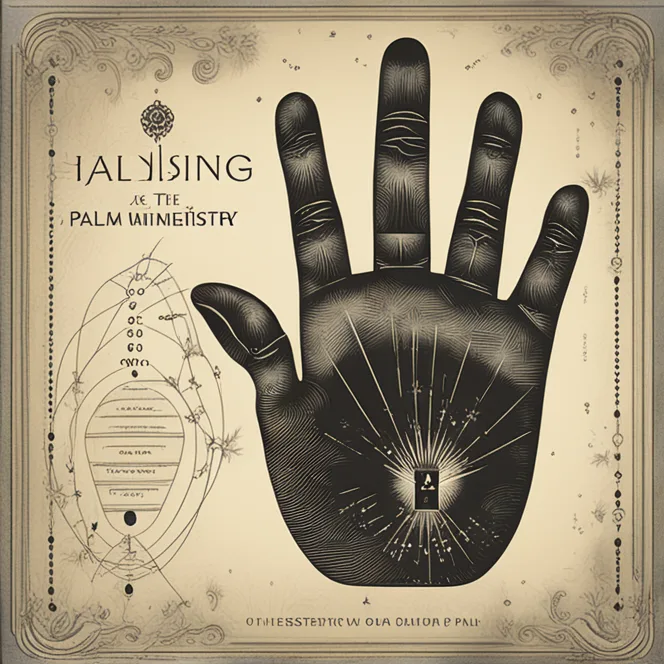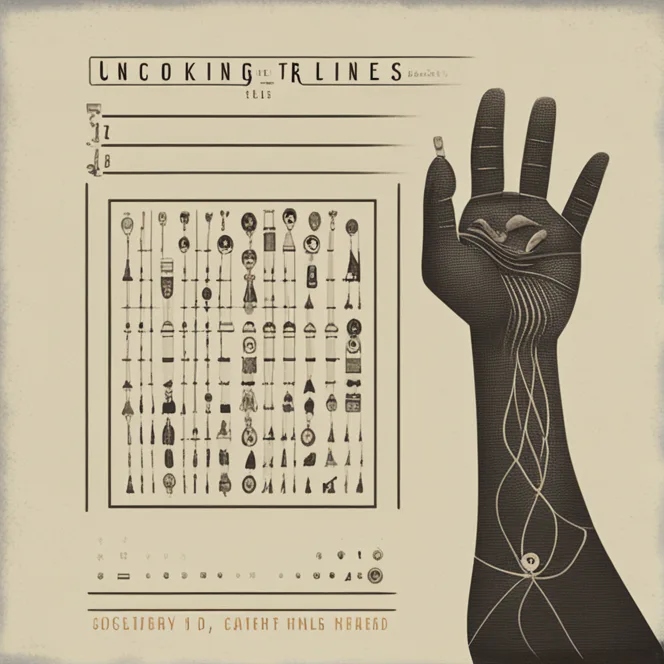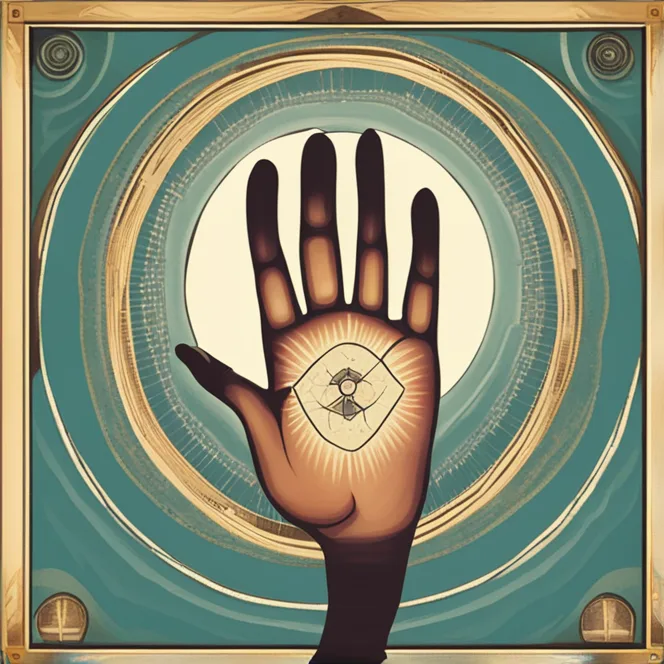
Unlocking The Lines: The Essentials Of Palm Reading
Delve into the ancient practice of palmistry and discover how the art of palm reading can reveal personal insights and life paths.
article by Nora Pennington
The Art of Palmistry
Palmistry, or chiromancy, is a practice rooted in antiquity, flourishing across various cultures and timelines. It involves studying the lines and features of the hand to decipher personality traits and life experiences. This craft is based on the belief that hands are a unique reflection of an individual, and by analyzing them, a palm reader can provide insights into both a person's character and destiny. The art has evolved over the centuries, incorporating aspects of astrology and psychology, weaving an intricate tapestry that beckons the curious to explore the stories etched in their palms.

Decoding the Lines
At the heart of palm reading are the primary lines that traverse the palm, each holding its specific narrative. The life line, head line, heart line, and fate line form the core of most hand analyses. The life line maps out the length and vitality of your life journey. The head line represents intellectual tendencies and cognitive leanings. The heart line unveils the emotional makeup and relationship inclinations, while the fate line, though not present in all hands, can indicate the degree to which your life is affected by external circumstances beyond your control. Each line's depth, length, and curves are symbolic, and a seasoned palmist interprets these to share profound insights.

Mounts and Fingerprints
Beyond the lines, palmistry also considers the mounts, the fleshy pads beneath each finger and the thumb, named after celestial bodies. These mounts embody various facets of one's personality, such as creativity, ambition, or love. The texture of the skin, the shape of the fingers, and even fingerprints can shed light on individual traits and potential. For example, a pronounced Mount of Venus might suggest a person rich in love and compassion, while whorls in fingerprints could indicate a complex and individualistic nature.

Hands-On Approach
A palm reading session typically begins with the palmist examining both hands—your dominant hand provides insight into your adult life and conscious mind, while the non-dominant hand can reflect your instincts and potential. The reader will often start with an overall observation before delving into the details of each line and mount. In-depth analysis considers the interplay between the hands' various aspects, providing a holistic view of the individual.

Interpreting the Signs
Palmists interpret the hand's features like a road map, each sign and symbol offering a clue into the person's life path. A cross on the heart line could signify an emotional upheaval, while a star on the mount of Apollo might indicate a flash of creative genius. These symbols can be affirmative or cautionary, and their meaning is often modified by their location and interaction with other lines or mounts. The skill of palm reading lies in the ability to synthesize these symbols into a coherent and personalized narrative.
Skepticism and Belief
As with any esoteric practice, palmistry is met with both skepticism and belief. Detractors argue that reading palms has no scientific basis, while enthusiasts endorse its intuitive insights. Regardless of one's standpoint, palm readings often foster introspection and self-reflection, encouraging individuals to consider aspects of themselves that they may not have thought about before. This reflective quality is perhaps one of the key reasons the practice continues to fascinate and endure.
Published: 12/5/2023
Modified: 12/5/2023
More predictions
Come back here soon to learn more about yourself and your future


Analyzing The Fingers' Phalanges
Palmistry, the ancient art of divination through the study of the hand, offers a deep understanding of an individual's personality, life journey, and potential. Among the various elements of the hand, the fingers play a crucial role in palmistry. Each finger has specific phalanges, or segments, that hold unique insights into an individual's character and destiny. In this exploration, we delve into the world of finger phalanges and their significance in palmistry.


The Health Triangle: A Holistic Approach To Well-being
In our pursuit of well-being, it's crucial to recognize that health is not just the absence of disease. Instead, it's a complex interplay of physical, mental, and social factors that contribute to our overall quality of life.


Palmistry In Love: Emotional Connections
Love, the most profound of human emotions, has long intrigued individuals seeking to decipher its mysteries. While love often feels like an enigma, palmistry, the ancient art of reading the hand, offers insights into the intricacies of emotional connections. In this exploration, we delve into the world of palmistry and how it can unravel the depths of love, helping us understand the dynamics of emotional bonds.